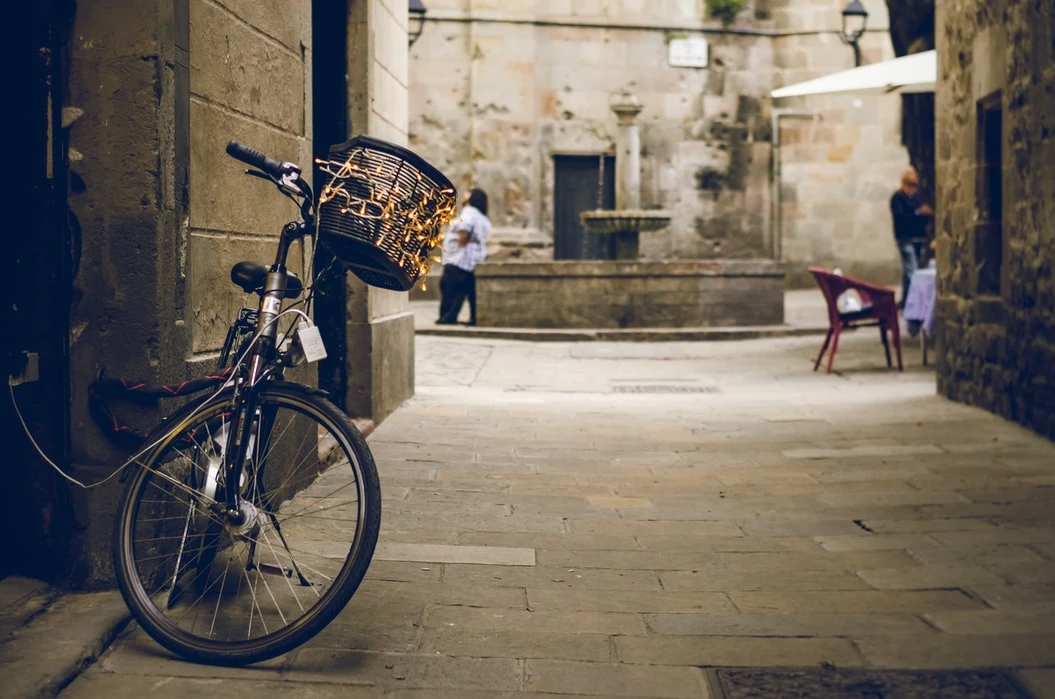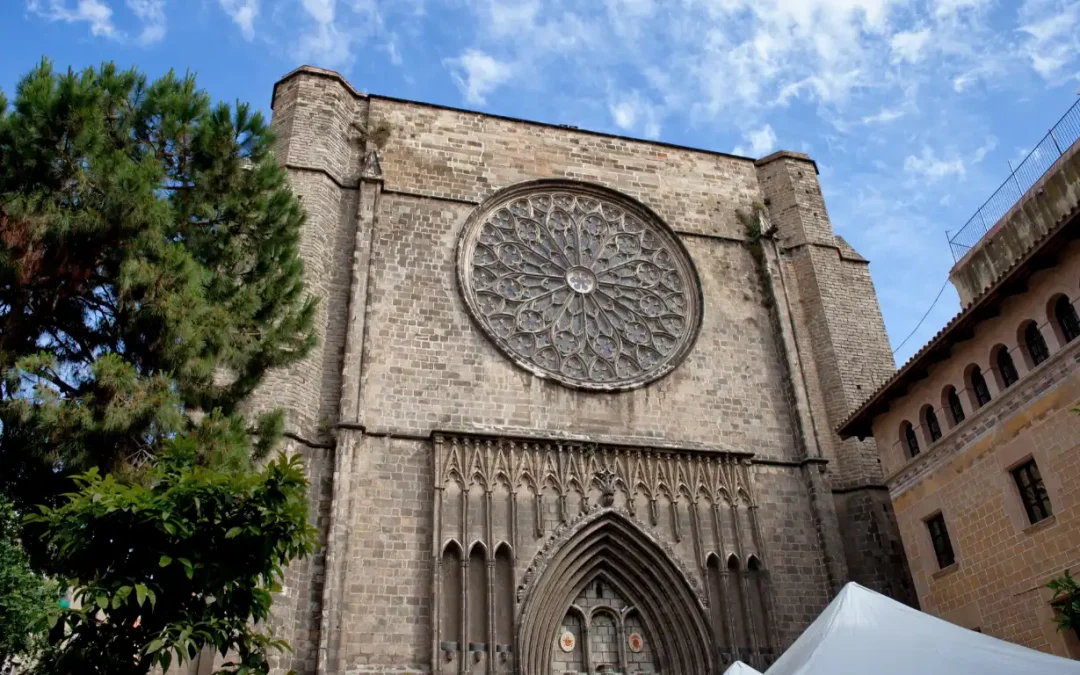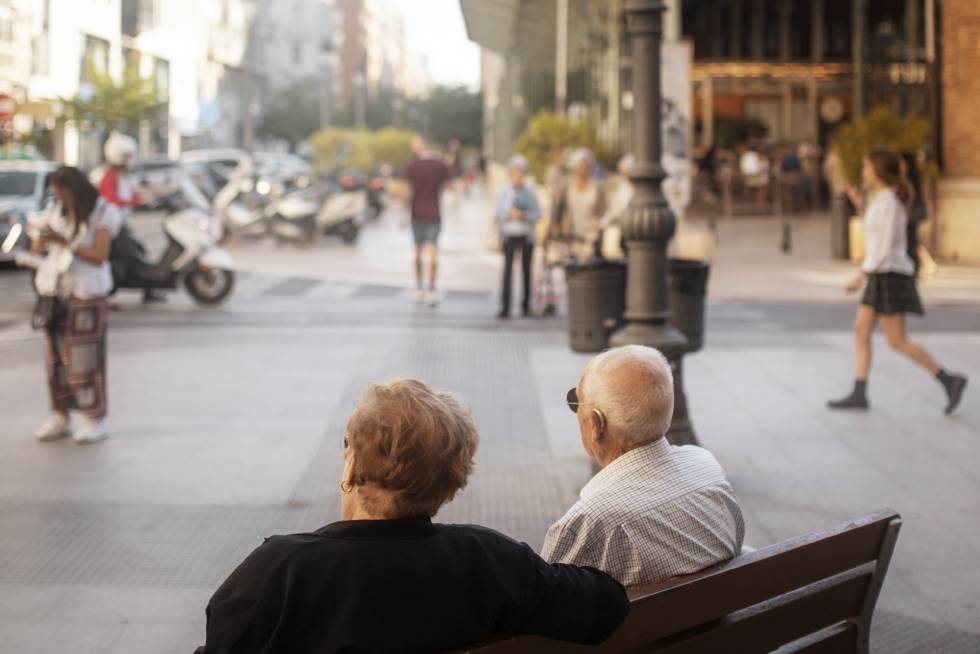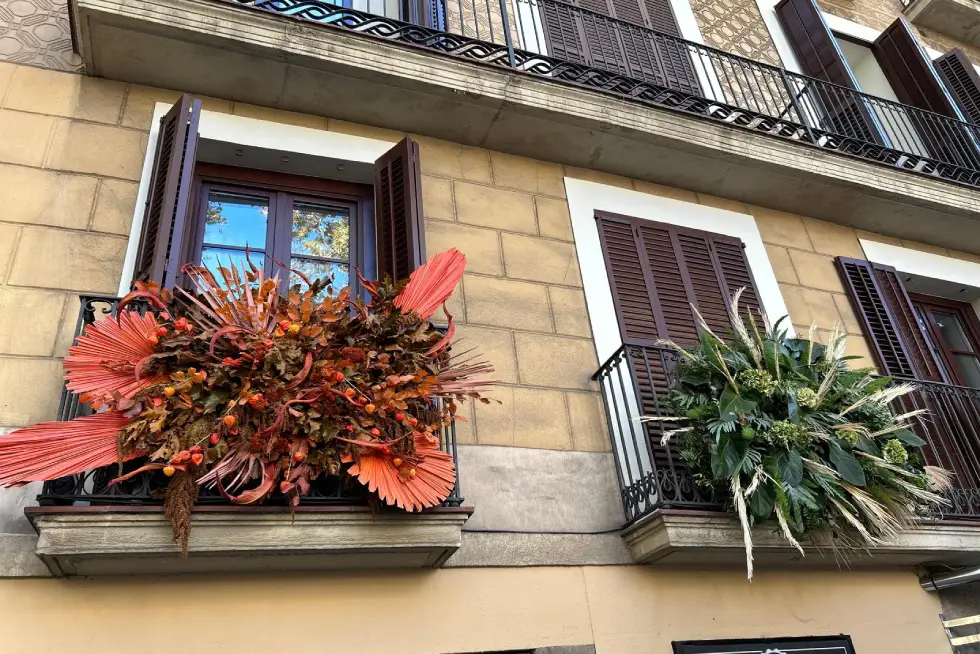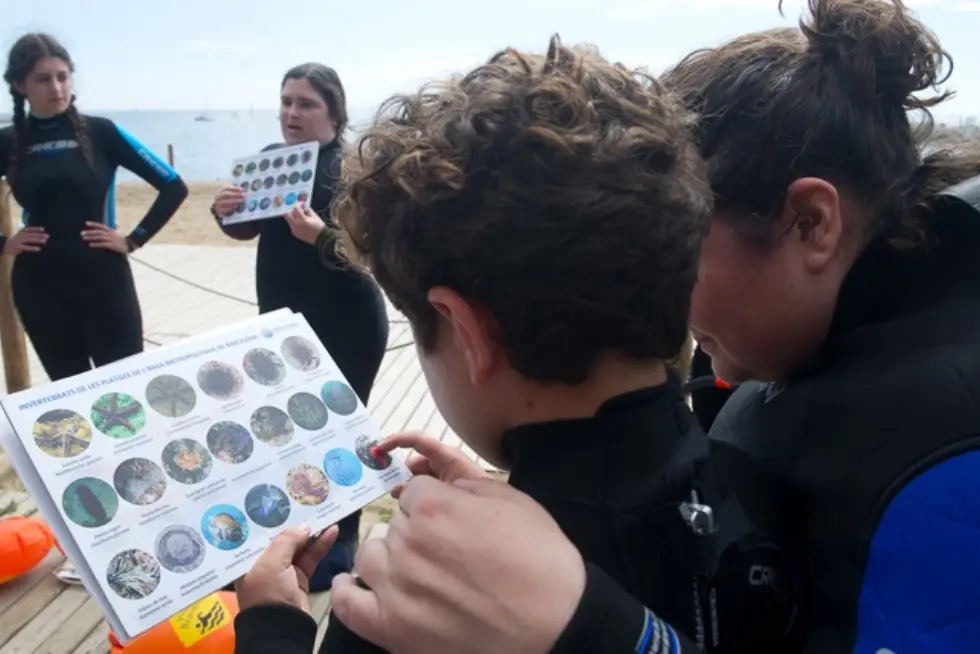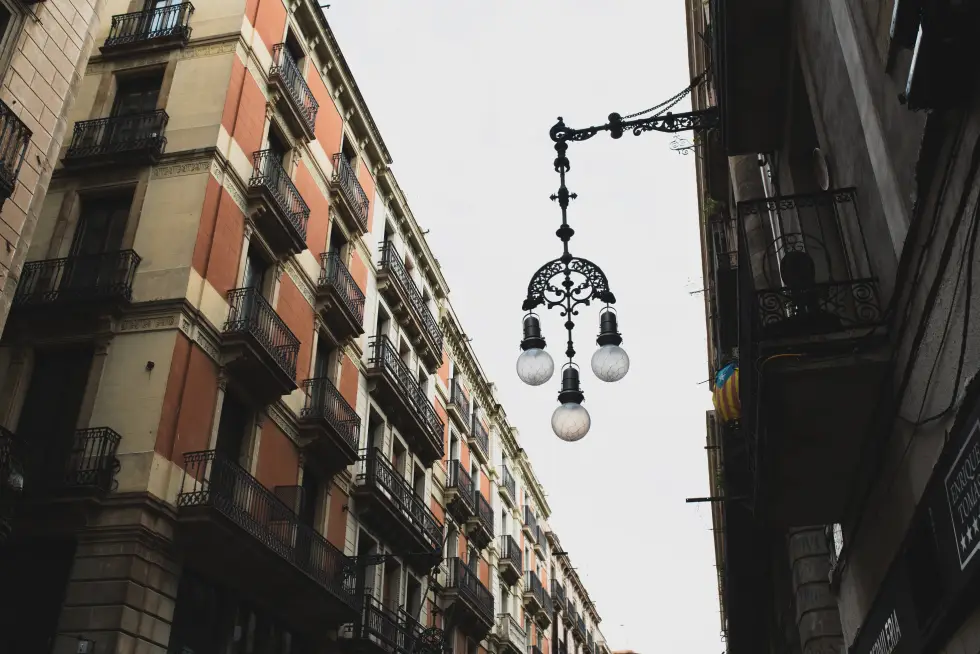Everyone who has visited it can confirm this: as it is a midsized city with not too much of a difference in height, Barcelona is perfect for wandering the streets and finding little corners that can’ t be missed on one of your trips to the city.
Today we are going to discover the Gothic Quarter, one of the highlights of Barcelona, and we are going to look at three monuments that have been built in this area and that may not be noticed by tourists or even the average citizen of Barcelona.
Tribute to the Castellers
If you drop into Plaça de Sant Miquel, behind the City Hall, you will find ‘Homenatge als Castellers’, a monument by the Catalan sculptor Antoni Llena i Font. Twelve stainless steel tubes with a diameter of 10 centimetres intertwine up to a height of 26.5 metres. It is a conceptual sculpture that represents the fragility and, at the same time, the strength of a ‘castell’.
Monument to Angel Guimerà
A few streets further down, near the Basilica of Santa Maria del Pi, in Plaça de Sant Josep Oriol, there is a statue in homage to Àngel Guimerà, writer, poet and playwright who wrote ‘Mar i Cel’ or ‘Terra Baixa’, among others, and who was one of the greatest exponents of the Renaixeça, a movement of political, cultural and literary recovery that, especially in the last quarter of the 19th century, developed in Catalonia to dignify the Catalan language and literature. Furthermore, his figure is closely linked to the neighbourhood as he lived in Carrer Petritxol during the last years of his life.
The sculpture was modelled in plaster by Josep Cardona i Furró in 1909 and replicated in bronze by Josep M. Codina in 1983. It occupies the central space of the square, located in one of the old moats of the Church of the Pi, urbanised in 1820.
Santa Ana Fountain
If we go towards the junction of Calle de Cucurulla and Portal del Ángel, we will find there the Santa Ana fountain, a monument dating from 1356, which is attached to the building of the Real Círculo Artístico. Why? Because behind the spouts were the water inlet pipes.
When the people of Barcelona did not have running water in their homes, the construction of this public fountain was intended to alleviate that need. Even so, it was originally a watering place for horses.
The fountain has undergone several changes and reforms over the centuries. One of the most important was carried out by Josep Aragay in 1918, who decorated the walls with five ceramic panels and made some vases that were placed in the upper part of the structure.
Today, in addition to this ceramic decoration, the fountain has a coat of arms of the city on the central body and masks on four of its walls. Even with its reforms, it is the oldest fountain in Barcelona.
If you liked going into the Gothic Quarter with us, in the blog of Hotel Arc La Rambla we will continue publishing more information and curiosities about Barcelona. Follow our blog and don’t miss the latest news!


